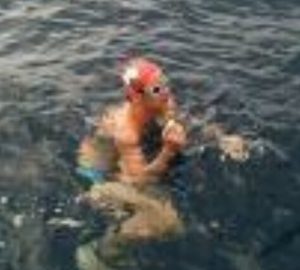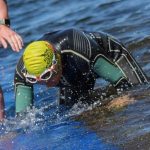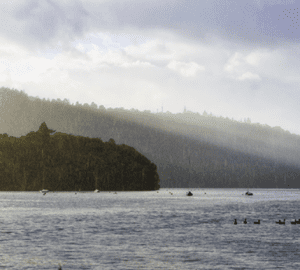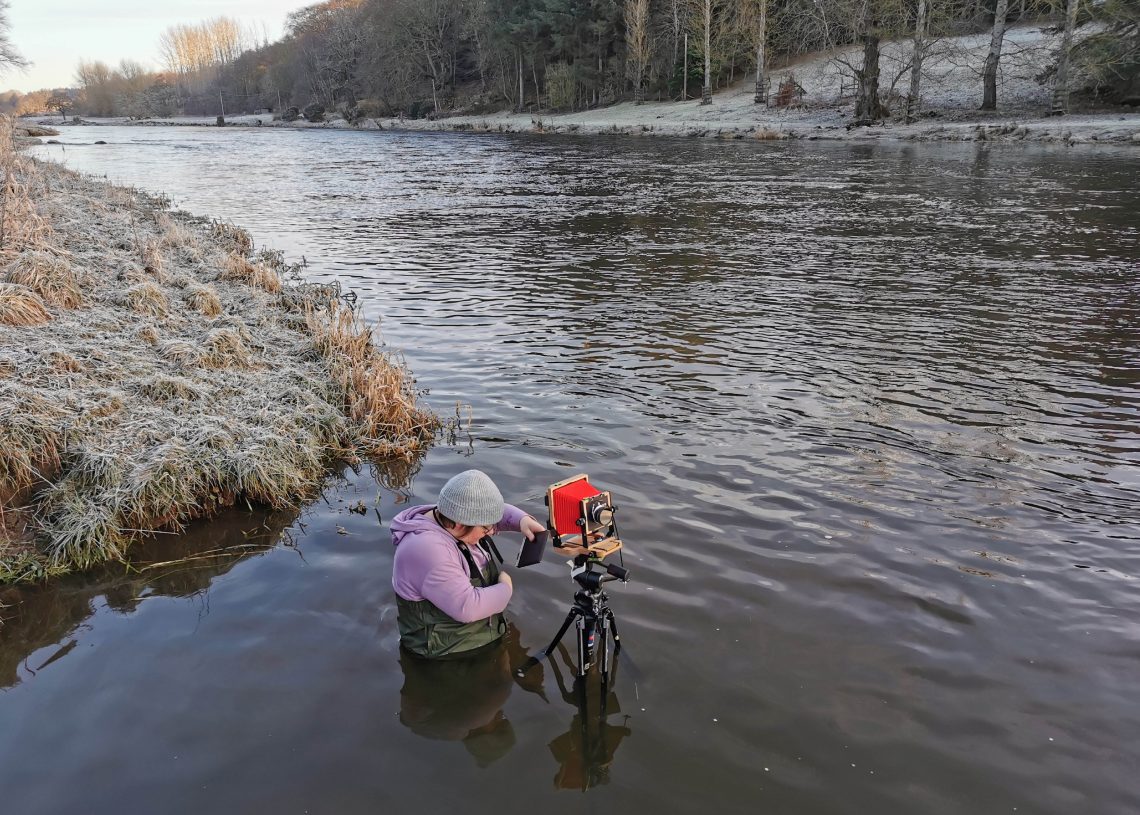
Capturing water as our constant companion
Wading into sub-zero degree water with a large format camera might not be everyone’s idea of fun, but it enables photographer Karen Catto to capture a swimmer’s point of view in beautiful atmospheric detail while sharing her lifelong affinity with water.
Photographer and lecturer Karen Catto has been taking photos of bodies of water ever since she can remember. In her ongoing project, ‘What are you pretending not to know’, shot on an analogue large format camera, she hopes to visualise the “constant companion” that water has been throughout her life.
Taking up wild swimming in the North East of Scotland during the pandemic, she’s now the admin for the ‘Baltic Bluetits fae Aberdeen’ group, part of the worldwide Bluetits Chill Swimmers Social Swim Community. Her most recent project captures swimmers in their element with relaxed and beaming portraits.
As part of the North East Open Studios (opening 9 Sep), a collective of creatives who open their studios and exhibit their work, Karen will be sharing both bodies of work while engaging in conversations around wild swimming and its long-term health and social benefits. We caught up with Karen to find out more.
Please tell us more about your photography project ‘What are you pretending not to know’ and the personal experiences that inspired this body of work.
When I was little, I would spend lots of time at the beaches around the Devon coast, which I believe was the beginning of my love of the water. During this time, I would spend the whole day on an inflatable lilo floating in the sea, often feeling the motion of the waves beneath me later as I lay in my bed at night.
My teenage years didn’t allow me to spend that time with kids my own age; my dad was estranged, my mum was working full time, and then often socialising. I took on the role of caring for my two younger sisters. At times I became incredibly lonely. Although I had friends around me, no-one could understand what I was going through. I’d often feel comfort by the water’s edge, whether it was a tranquil moment from the madness of home or the strange connection I felt with my dad who was living across the North Sea in Norway, or perhaps a reminder of good times when mum would organise days out, creating happy memories visiting rivers or the seaside. Water was never far away.
As I grew older, I continued to feel removed from the people around me. I didn’t understand them. I couldn’t comprehend that people liked me or grasp what they thought of me. I’d often visit the sea or walk by a river to try to feel connected – to something, anything. The water became my companion. To this day I still feel an affinity with water, drawn to the sense of freedom, nostalgia and the comfort it continues to provide.
I recently read an article on moving water and the negative ions it produces. How they can increase serotonin levels, helping to alleviate depression and relieve stress. Suddenly my connection with water makes perfect sense. Still a work in progress, ‘What are you pretending not to know’ aims to visualise the constant companion water has been to me throughout all my life.
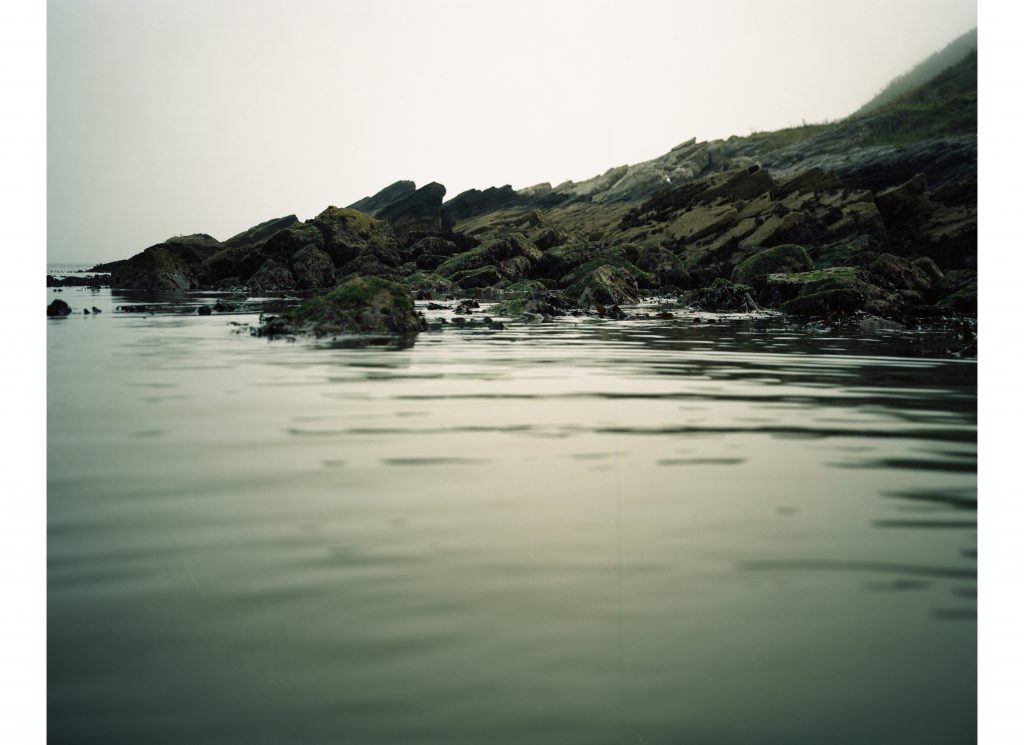
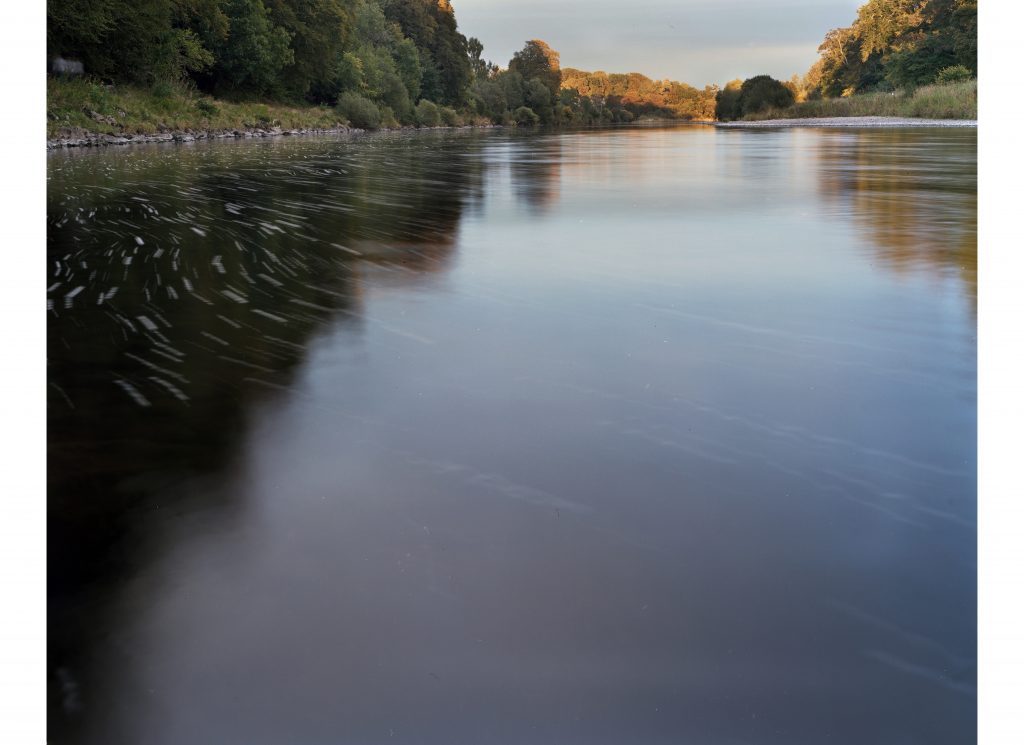
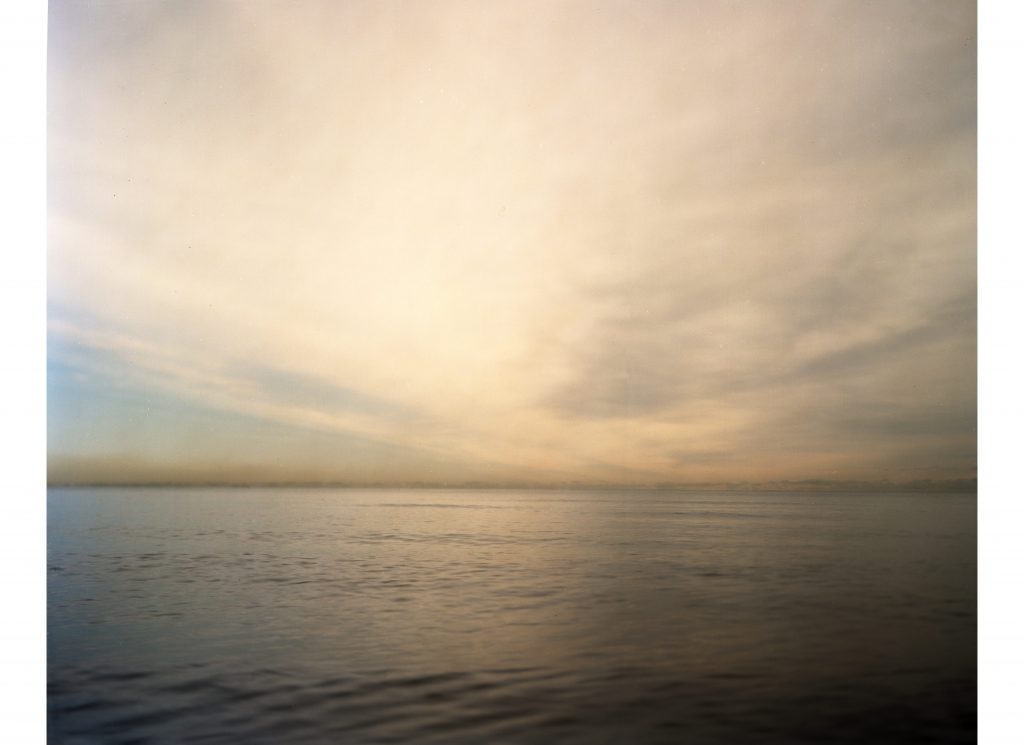
Can you describe your own affinity with water, and how this has evolved or stayed constant over the years?
I’ve always been drawn to the water, ever since I was a little girl playing at the beach. I’d spend hours in the water. My Grandparents lived in Bude, North Devon and when we visited them I loved nothing more than walking in all weathers along the beach with my Nana and Grandad. As I grew up and had children of my own, picnic spots were always planned around a body of water. A river, loch, the sea – it was just a natural area I was drawn to. There was always a dingy, float or some swimming involved. It’s funny the term ‘wild swimming’ wasn’t a thing back then, it was just swimming. But in some shape or form, water has always been there.
What do you think these photos reveal or visualise for viewers?
By printing the images at A2, I want to let the viewer see what I see when I’m in the water. I’m hoping that the portraits reveal the attraction of the water.
How did you get into wild swimming in North East Scotland? And how did this inspire your new project?
I got into wild swimming watching The One Show nearing the end of COVID restrictions. There were two women breaking through ice on a river, and I just thought, I need to do this. The next day I sent a message to the Bluetits HQ and Sian said there were no groups in the North East of Scotland and I’d be welcome to start one. That was in April 2021. We now have almost 1,000 members in the group; it’s amazing. I’ve met so many amazing people along the way, and made some solid friendships through swimming with them. I started to take my DSLR into the water and shoot some portraits just to see if I could capture the magic of wild swimming. The portraits show the head and shoulders of members of the group at the end of their swim.
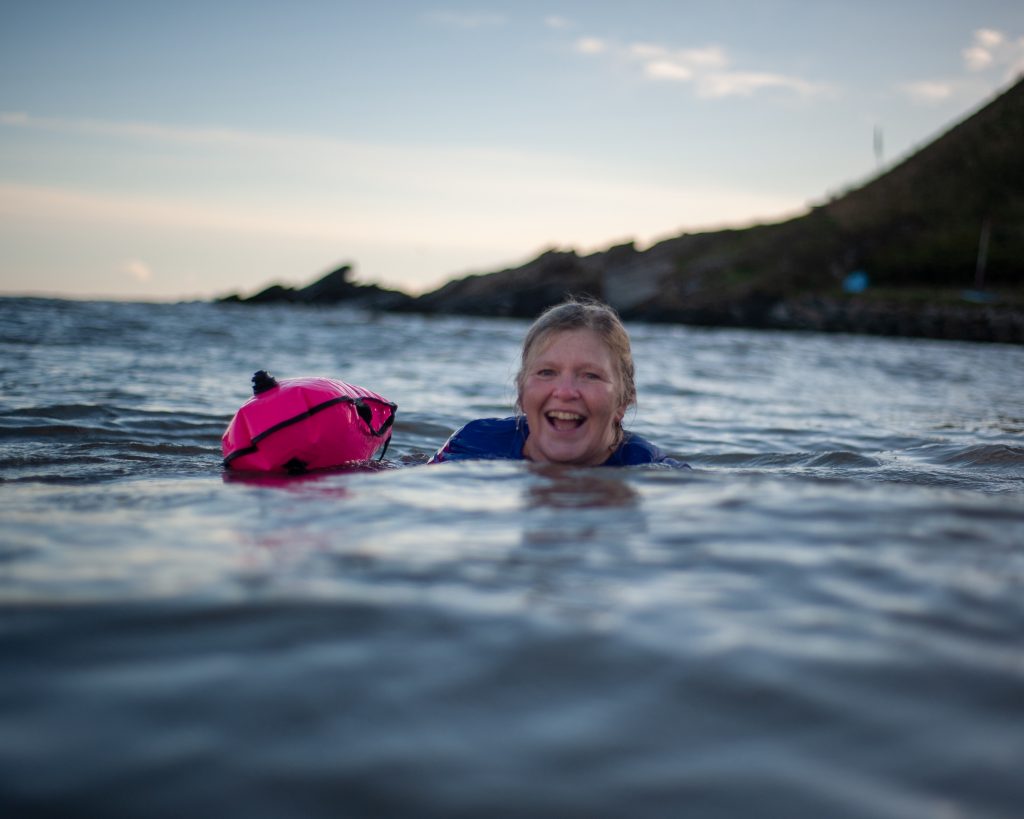
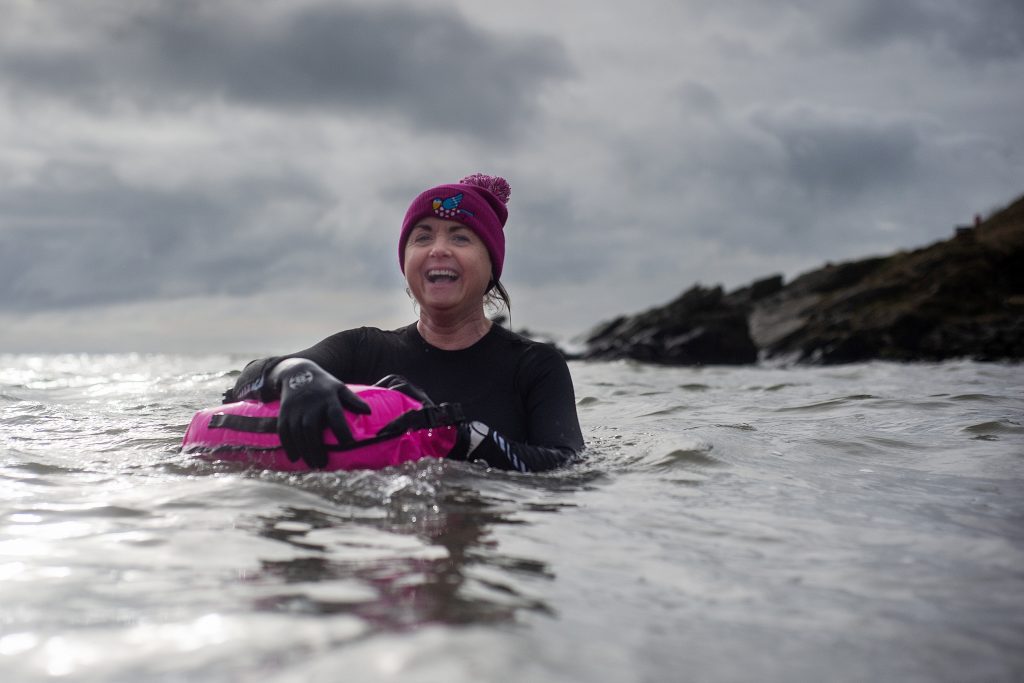
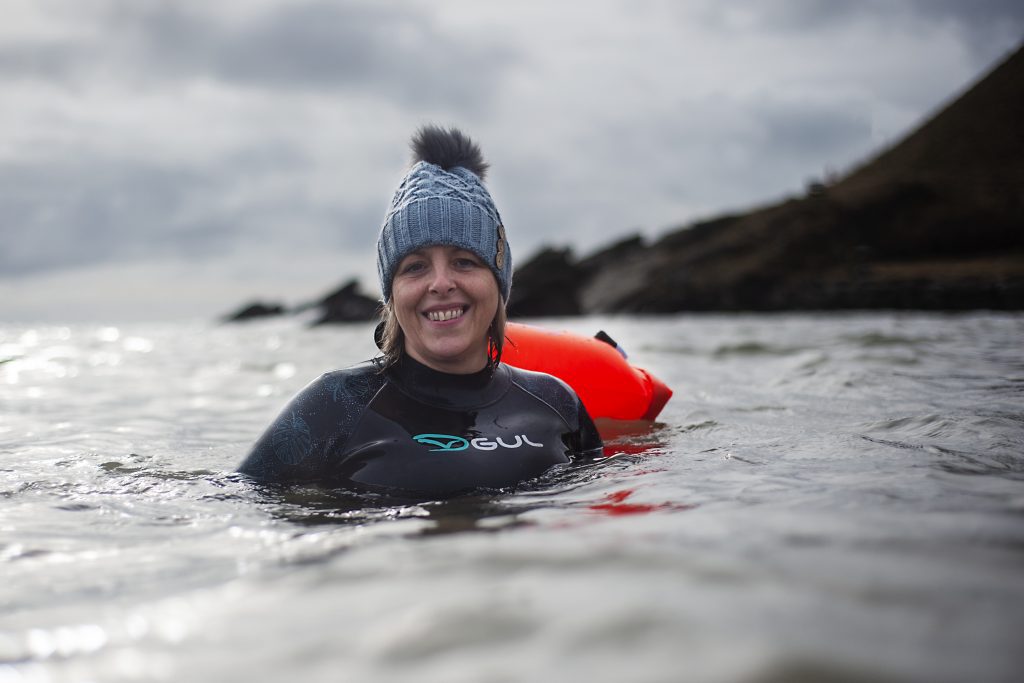
What are your intentions behind this new project taking portraits of people in the water?
I really hope that the portraits will show how much people get from wild swimming, through the expressions on faces and captured within the body of water they swim in. I really want to promote the health benefits as much as I can and I’d love the group to be more diverse. Therefore, I’m going to exhibit both bodies of work through an exhibition during North East Open Studios in hope to encourage more people to start wild swimming. This gives me the opportunity to talk to those who visit the exhibition about wild swimming and the benefits. NEOS is an annual regional event where many artists who work in different mediums show their work. It’s a highlight of the North East Scotland’s yearly events, with many people travelling the area looking at artists’ work.
Please can you tell us more about your process – are you shooting on a large format camera?
I shot ‘What are you pretending not to know’ on my large format camera. It’s a large camera using film and shooting under a cloth. I would usually shoot in the water wearing waders to enable me to get a swimmer’s point of view. One of my first images was taken in January when it was minus four! Other shots have been from the edge of the water to see what the swimmer would see stepping into the water for the first time. By using this type of camera it makes the process much slower than shooting digital, therefore you slow down. Everything is considered and planned.
The head and shoulder portraits started being shot on a DSLR but I love shooting film so have now moved on to shoot them using colour 35mm. I had started shooting the portraits using large format but the water movements and focusing the swimmers proved to be very difficult so I’ve started to shoot using colour 35mm for the portraits. Still keeping the analogue process but slightly more control and flexibility.
What have you learnt about the long-term health and social benefits of wild swimming in speaking to and photographing swimmers?
When I first started swimming, I wasn’t aware of all the health or social benefits. Now after swimming for two years and reading a few books on cold water swimming, it’s highlighted all the benefits. Socially, the friendship groups that form. I was quite an insecure person. I’m thankfully getting more confident as I get older but I would never in a million years have met a total stranger for coffee or a walk. But for some reason, it seemed perfectly natural to post on the group page about a swim and ask for the company of strangers! I met so many people and never once felt shy, insecure. I think this has happened with quite a few of my flock. I’ve heard many members (with arthritis, Reynauds or fibromyalgia) talk about how pain-free they are after swimming in cold water. A lot of the flock swim for their mental health, too. I’m currently in the throes of perimenopause so my anxiety is high, and moods were variable to say the least! But the sanity and calm you feel as soon as you immerse yourself in the water was just the small escapism that my body needs to reset. As I walk out of the water after my swim, I feel ready to face life again.
How do you feel when you’re in the water?
I feel free, nostalgic. I feel totally at ease with the world, even just for those precious minutes while in the water. Looking out to the horizon is very humbling too, it puts things into perspective. It’s the same with river swims and seeing the mountains surrounding you. It really makes you feel like you are totally immersed in nature. When swimming on my own, it’s time out for my brain to reset and helps me deal with life as it starts to appear walking out of the water. When swimming with The Bluetits, it’s about being part of the community: laughter, chatting and the sense of camaraderie, meeting people of all parts of life, different jobs and stages in life. Not feeling judged by anyone and utterly accepted. There is nothing quite like it.
Karen Catto’s exhibition is part of North East Open Studios in Auchnagatt Village Hall, Sat 9 Sep – Sun 17 Sep (Mon-Fri 6pm-8pm; Weekends 10am-4pm). See more of her work on her website, Instagram and Facebook.






